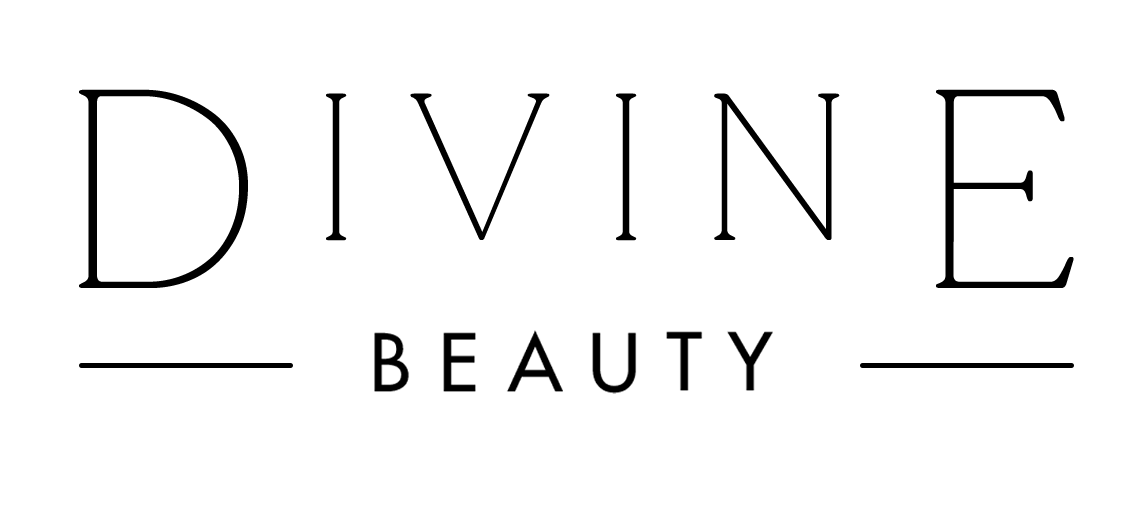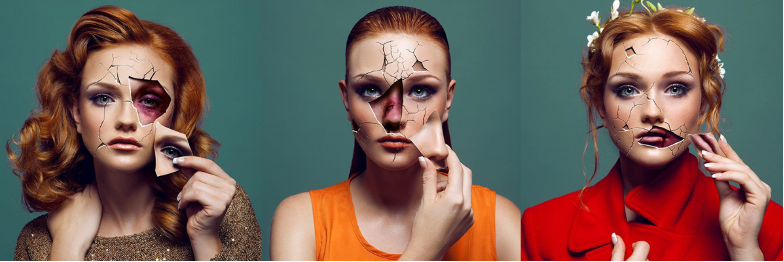The Beauty Rules
How beauty standards have changed over time and why we should stop paying them any mind.
“…research consistently shows that inside the majority of the West’s controlled, attractive, successful working women, there is a secret ‘underlife’ poisoning our freedom… a dark vein of self-hatred, physical obsession, terror of aging and dreaded lost control…
The qualities that a given period calls beautiful in women are merely symbols of the female behavior that that period considers desirable…
…conscious market manipulation: powerful industries…have arisen from the capital made out of unconscious anxieties…”
--Naomi Wolfe, The Beauty Myth
Beauty standards are ever-changing. The size and shape of the hottest celebs vary widely from one decade to the next. Like fashion trends, you can often identify a period just by the silhouettes of its beauty icons.
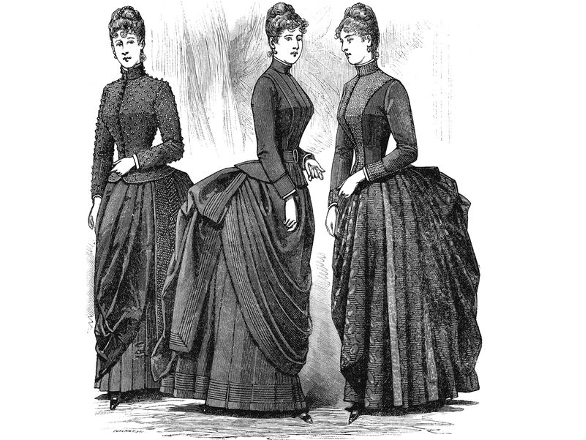
Near the turn of the century, ladies wore corsets and bustles to cinch in their waists and make their backsides appear larger. Over a century later, women are having surgery to achieve a similar look. Of course, for decades in between, curves were a dirty word. We counted calories, starved, and spent hours in the gym, desperate to whittle ourselves away.
We all want to feel beautiful. Instinct tells us we’re more likely to fit in socially if we’re attractive. Pre-civilization, social acceptance was a matter of survival. Research has shown that at first glance, the beautiful are perceived as intelligent and trustworthy, are more persuasive, and have a better shot at getting ahead in life.
But, when cultural ideology dictates what qualifies as beautiful, women are harmed in profound ways. Eating disorders and body dissatisfaction are just one part of the equation. Women who internalize these harsh standards experience a deep sense of unhappiness and even unknowingly stifle their potential.
In this series, I'll explore the changing beauty ideals for women across time, starting with the 1950s. We'll discuss how they came about and how they affected the women that lived through them.
In the 1950s
With the men off at war in the forties, women kept the country going by taking on traditionally "male" jobs like driving trucks or working in factories. Magazines portrayed them as heroines. They wore understated, plain-Jane fashion, and the focus was on their contributions in the name of patriotism.
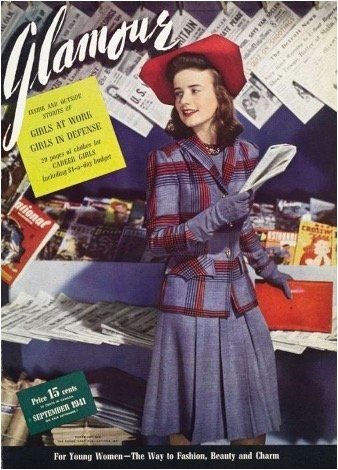
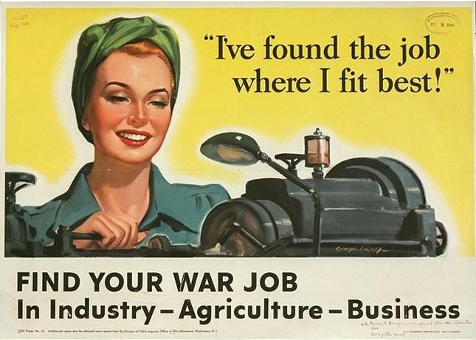
When the war ended, millions of women lost or left their jobs. The return of soldiers led to a surge in marriages and skyrocketing birth rates. Women were encouraged to return to their traditional roles of wife and mother.
Their modest, working-woman attire was traded for an ultra-feminine, corset-cinched, bust enhancing style of dress. The model woman was now a housekeeper, baby-maker, and sex object, and the latest fashions helped them keep up appearances. No one embodied this look more than curvy starlets like Marilyn Monroe and Kim Novak.
The Bombshell Era
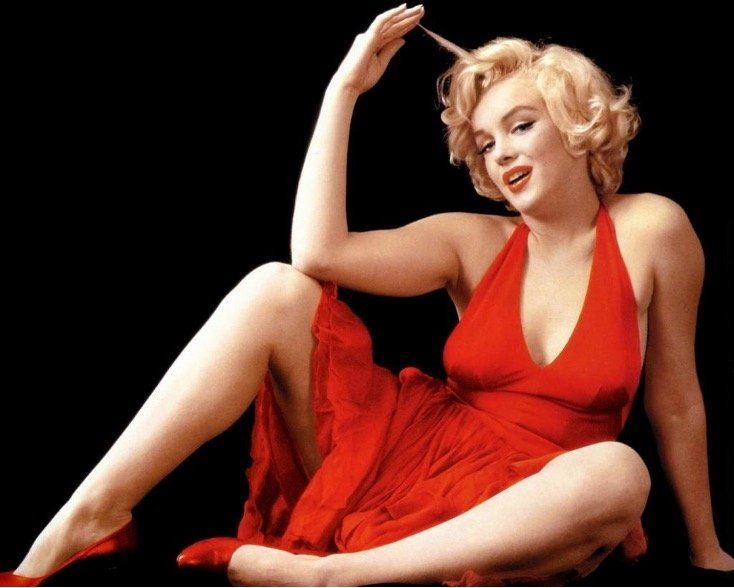

1950s Hollywood brought us lots of legendary ladies, but Marilyn Monroe was the queen. She's still known around the globe as THE blonde bombshell, and despite ever-changing beauty standards, she remains a symbol of ultimate female beauty.
Her softer, fuller figure bears little resemblance to today's toned and taught prototype and has made her something of a role model for the modern-day body-positivity movement. But diary entries and those close to Monroe reveal she struggled with her body image and adhered to a strict diet to maintain her figure.
It's tragic that arguably the sexiest woman alive didn't believe her body was beautiful. And in a cruel twist of irony, women in the fifties saw ads that promised to help them gain weight to look more like Marilyn. It seems no woman is safe from the pressure to be something other than herself.
“Why do I feel this torture… I feel less human than the others…Even physically, I have always been sure that something was not right with me."
-Marilyn Monroe, 1955 diary entry
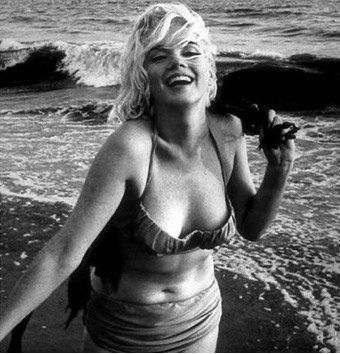
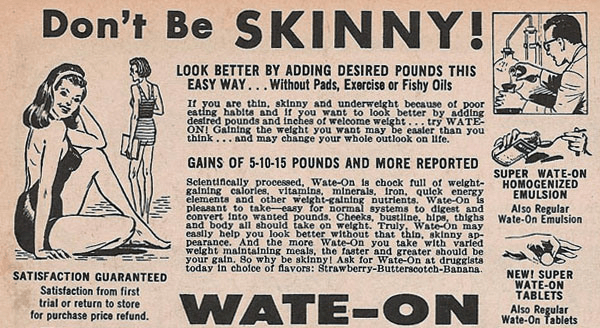
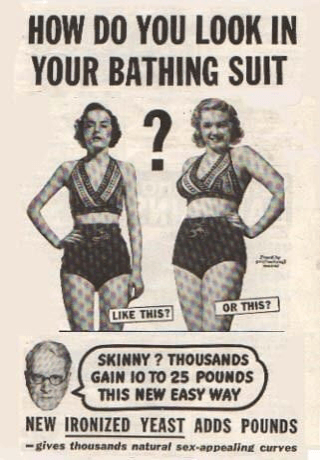
In addition to serving up the idealized physical archetype, actresses in the fifties portrayed a particular personality. When they weren't being unabashedly sexy, they played child-like and demure. This was the form and function of a woman who would happily tend to her home and husband. At least that was the idea.
Indoctrination

The buxom babes on screen were just one influence on women in the 1950s. Magazines were all-the-rage and focused heavily on domestic life. They featured tips for child-rearing, recipes, ways to please your husband, ads for appliances, cleaning products, and makeup, hair, and fashion advice.
The women pictured were curvy but dainty, perfectly made-up, subservient, and content in the bedroom, kitchen, and nursery.
In her book, The Beauty Myth, Naomi Wolfe writes:
"women's magazines have been the most powerful influence in changing women's roles in society. They have consistently glamorized whatever the economy, their advertisers and, during wartime, the government needed at that moment from women."
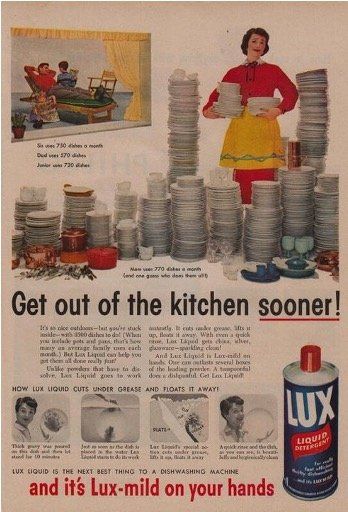

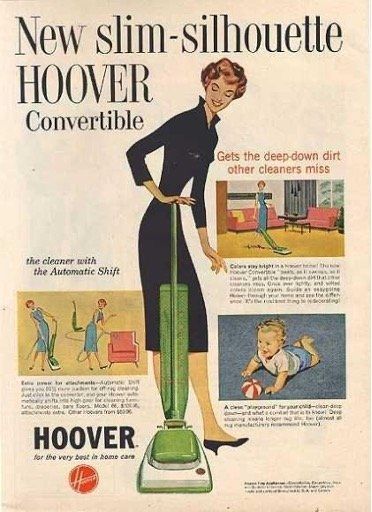
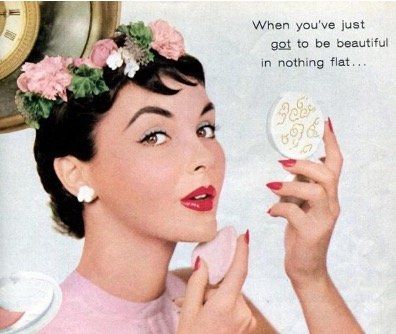


Since magazines and mainstream media (movies, music, TV, etc.) are made possible by ads, the standards they perpetuate are meant to enrich the advertisers. For example, if a magazine can make you insecure about the size of your breasts, you're more likely to buy the padded bra they advertise. It's a rotten trick that's been so successful it continues to this day.
Deep Impact
In the 50s, self-actualization was promised to the woman who was perfectly dolled up after a day spent cleaning and caring for children, ready to offer her husband a drink and a satisfying meal when he returned from work. But women failed to find happiness in this pursuit. Many ended up on a therapist’s couch, desperate to get to
the bottom of their emptiness.
The epidemic of dissatisfaction was widespread enough for magazines like Ladies Home Journal to suggest tranquilizers like valium to cure their discontent. “Mother’s little helpers” was a euphemism for barbiturates prescribed to women who were unhappy in their new role. They promised to improve mood and make all their (unfulfilling) work look effortless.
How many of us take antidepressants today for some similar dissatisfaction with ourselves or our lives?
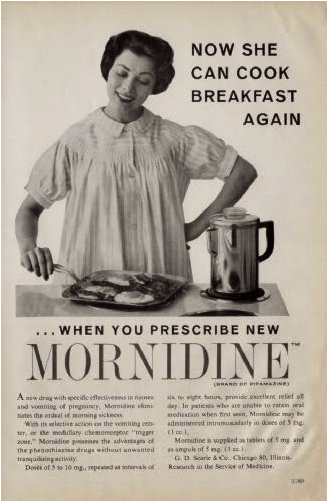
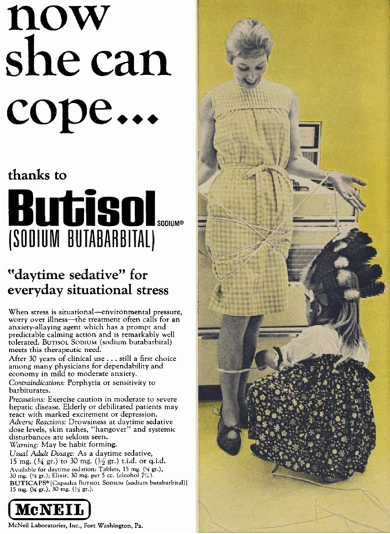
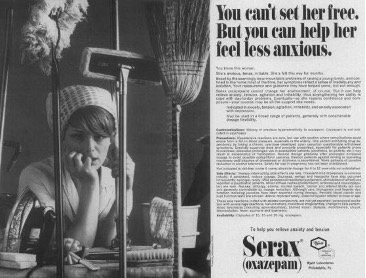
Feminist Betty Friedan lived through this time and in her book Feminine Mystique writes:
“They could spend years on the therapist’s couch…looking for a way to be fulfilled with their roles as mothers and housewives, but the problem was still there…they were still looking for their real aspirations and true personalities…
When a society asks so little from women, as was the case in the fifties, every woman has to listen to her inner voice to find her identity and ways to develop it.”
Second-wave feminism was born out of these 1950s frustrations. But the media machine has its finger on the pulse of the consumer and cleverly serves up new expectations to go with the changing times. In my next blog, we'll talk about the following decade’s beauty ideals, how they came about, and their impact on women.
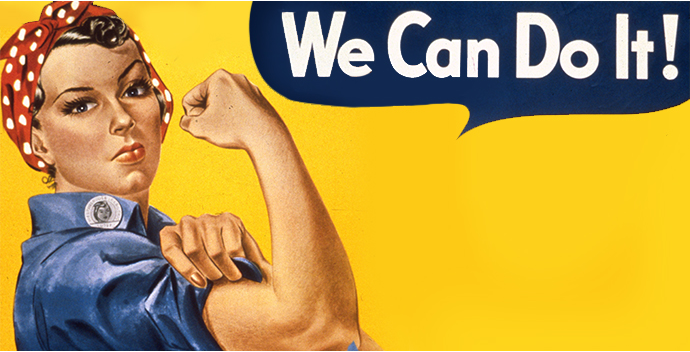
When companies who get rich off our hang-ups dictate how we feel about ourselves, we'll never be good enough. Who are they to tell us what's beautiful? It’s time we resist this indoctrination and embrace what makes each of us uniquely stunning.
X.O.
Dina B.
References:
Nobles, Jayme S., "From Marilyn Monroe to Cindy Crawford: A Historical Analysis of Women’s Body Image Depicted in Popular Magazines from 1952 to 1995" (2014). Honors Theses. 219. https://aquila.usm.edu/honors_theses/219
https://www.csustan.edu/sites/default/files/honors/documents/journals/soundings/Holt.pdf
https://www.medicaldaily.com/history-body-image-america-how-ideal-female-and-male-body-has-changed-over-360492
The Feminine Mystique, Betty Friedan
The Beauty Myth, Naomi Wolfe
https://themarilynmonroecollection.com/marilyn-monroe-true-size/
Fragments: Poems, Intimate Notes, Letters, Marilyn Monroe, Bernard Comment
